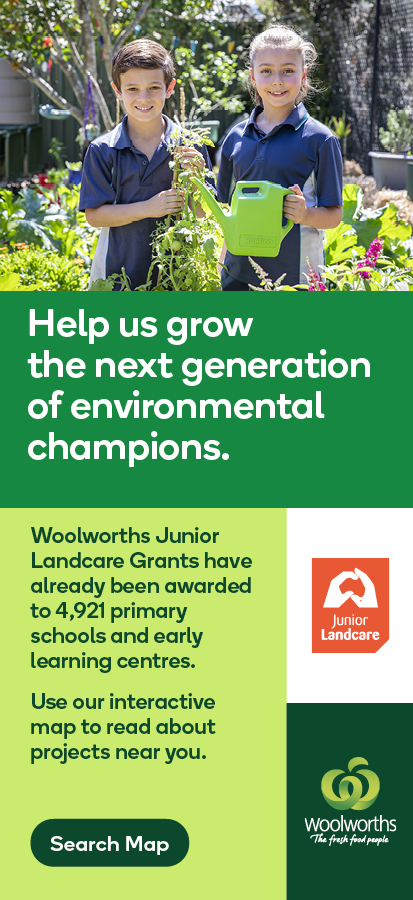News

By: Fiona Chambers, CEO, Wheen Bee Foundation
Calling all Citizen Scientists. We need your help!
The anecdotal ‘Windscreen Test’, how often you need to clear bugs from your car’s windscreen when travelling, suggests we are experiencing declines in insect numbers in Australia. But we simply don’t have data to quantify changing insect numbers, and that is why we need your help!
Two recently published long term studies over 3-4 decades from Germany and Puerto Rico recorded drastic reductions in insect biomass within protected areas over 75%. These results featured in a January 2019 Foresight Brief by UN Environment- 011 Early Warning, Emerging Issues and Futures. The German study was also featured an Australian edition of ABC Foreign Correspondent – Insectaggedon, on 15 October 2019.
Insects are one of the pillars of our ecosystems, providing essential ecosystem services through pollination, nutrient cycling and in the food chains of birds and other insectivores.
Australia has around 2,000 native bee species that are important pollinators. There are also a couple of thousand species of butterfly, wasp, fly moth, beetle, thrip and ant species, some of which are documented pollinators. With so little information available about many insects in Australia, citizen science project ‘Wild Pollinator Count’ was established by researchers. The project helps gather information on the ecology of insects by recording what flowers are visited by potential pollinators and where they are found.
‘Pollinator insects are great for inquiry-based learning’ says Karen Retra, native bee naturalist and co-founder of the Wild Pollinator Count. ‘It encourages participants to become familiar with the diversity of insects and their roles. By comparing results on different plants and in different locations, we’re seeking to better understand which flowers are visited by which insects, which flowers host particular types of insects and which plants have the broadest range of insect types’.
The information collected helps inform how we can improve our environment by planting to support a greater abundance and diversity of wild pollinators.
The next Wild Pollinator Count coincides with Australian Pollinator Week 10-17 November. Click here for more information about the Wild Pollinator Count. For additional activities and event ideas to celebrate Australian Pollinator Week click here.
 Teachers & Educators
Teachers & Educators Youth or Community Groups
Youth or Community Groups
0 Comments